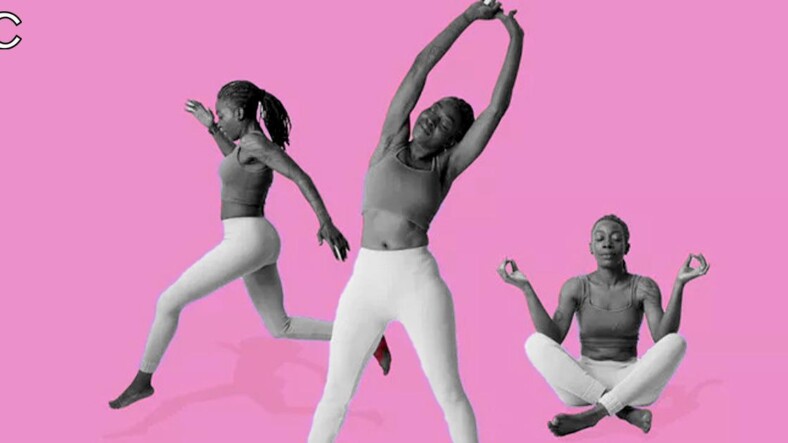You Don’t Have To Live To Workout But Instead Workout To Live And Here’s Why
When it comes to classifying yourself or another as “fit” it’s common to say that someone either is or isn’t. […]

When it comes to classifying yourself or another as “fit” it’s common to say that someone either is or isn’t. However, exercise is not black and white and should not be all or nothing. The term “fit” is far too general and today we’re going to dive into the specifics.
Getting Into The Specifics
View this post on Instagram
Tom Cowan, an exercise physiologist, used soccer as an example to explain the different degrees of physical fitness within certain players depending on their position. “Speed may be a key requirement for a striker in soccer but not so important for a goalkeeper,” Cowan stated. “Agility may have a more determining role in the ‘keeper’s level of performance.”
Expanding beyond soccer and talking about fitness as a whole, Cowan said, “It is important that we don’t focus on just one of these areas but instead try to improve our fitness holistically, thinking about training to improve each of these areas. Training programs should incorporate training for the different components of fitness as they have different benefits for the body.”
View this post on Instagram
I’m going to share with you what Cowan explained about health-related components of fitness as well as skill related. I’ll add in how each component can benefit YOU in your everyday life as well as how you can incorporate some of these components and make them personalized to your fitness routine.
Health-Related Components
View this post on Instagram
Cardiovascular endurance is a big one and probably the most well-known among fitness enthusiasts as well as those just getting into it. Workouts including running, rowing, HIIT and cycling will heighten your heart rate which in turn will challenge and improve your cardiovascular endurance.
Cowan explained, “Cardiovascular endurance can be described as the body’s ability to transport oxygen during sustained exercise.” Adding in, “Cross-country skiers typically have some of the highest VO2max values. This can be explained because cross-country skiing requires the contraction of several large muscle groups throughout the body, which places a great demand on the cardiovascular system to supply all of these working muscles with the blood and oxygen that they require to repeatedly contract.”
“The large demand on the cardiovascular system acts as a great stimulus for physiological adaptations, which enhance the cardiovascular system and cardiovascular endurance of the individual,” Cowan further explained.
Next, muscular endurance is a person’s ability to contract a muscle for a repeated motion without getting fatigued, for example, a squat. Cowan stated, “Training to improve muscular endurance typically involves performing a resistance exercise for more repetitions at a lesser resistance.”
On the other end of that is muscular strength. This is the muscle’s ability to produce force against resistance. So basically, how heavy of a weight you are able to move during an exercise such as a bicep curl.
“By adjusting the volume (repetitions) and intensity (resistance/weight) used in a resistance exercise you can target the training to stimulate an improvement in muscular endurance or in muscular strength,” stated Cowan. “For muscular strength training, rest periods should be longer between sets to allow the muscle adequate time to recover to be able to produce forceful contractions in the next set.”
Skill-Related Components
View this post on Instagram
Balance is considered to be your ability to be and stay in control of the position your body is in. There are two forms of balance – dynamic and static. Standing on one foot and not moving is an example of static balance whereas hopping on one foot would be dynamic.
Keeping balance exercises in your daily or weekly fitness routine will benefit everyone, specifically older adults. Cowan stated, “Balance training can help to reduce your risk of falls.”
Next, we have power. This is the body’s ability to apply maximum force as quickly as possible. An example of this would be a quick sprint down a track or quickly moving weights against gravity (ex. quickly moving a heavy barbell from the ground to overhead.)
Incorporating power into your workout routine can help you with daily tasks such as lifting boxes or lifting up your baby.
All in all, how you exercise is up to you. Something is always better than nothing. So, find your beginning and start there.
reference: https://www.livescience.com/what-are-the-different-components-of-fitness
